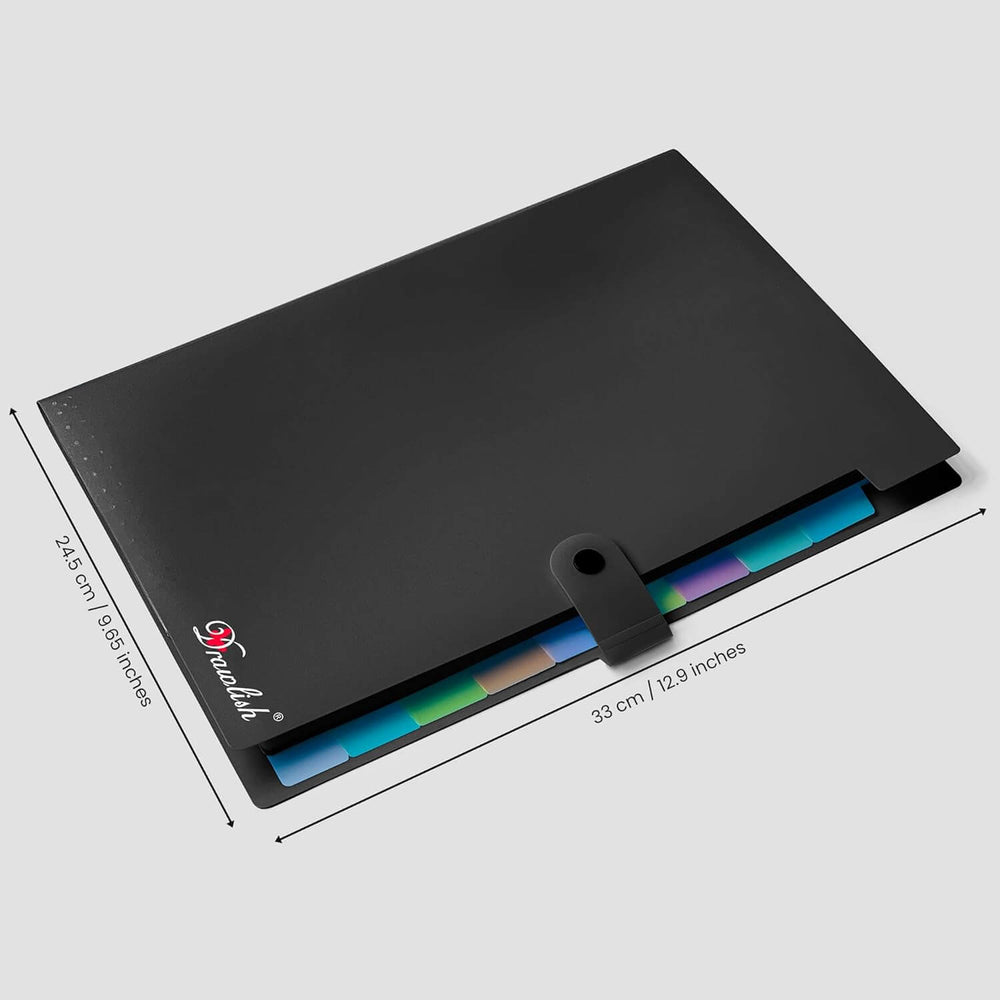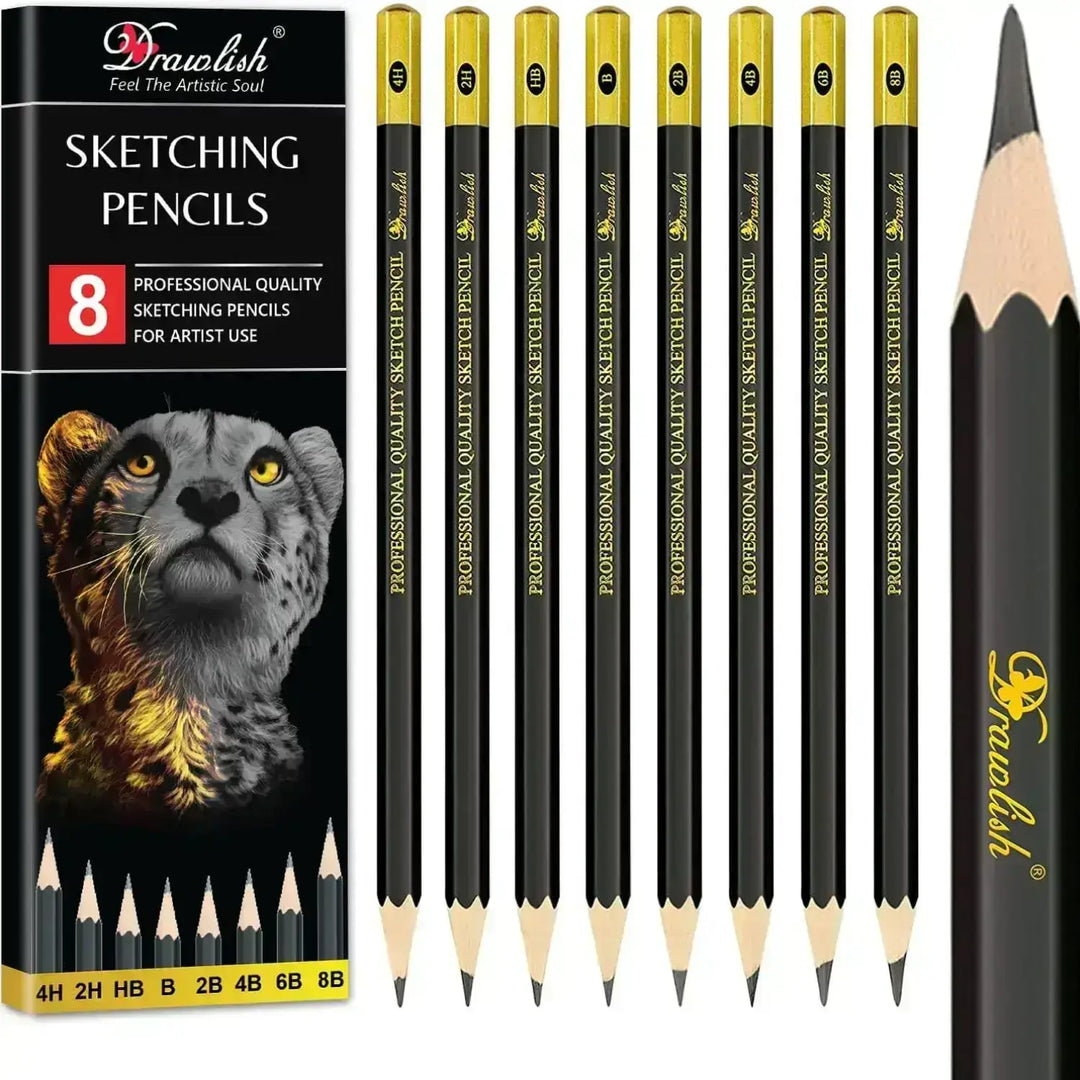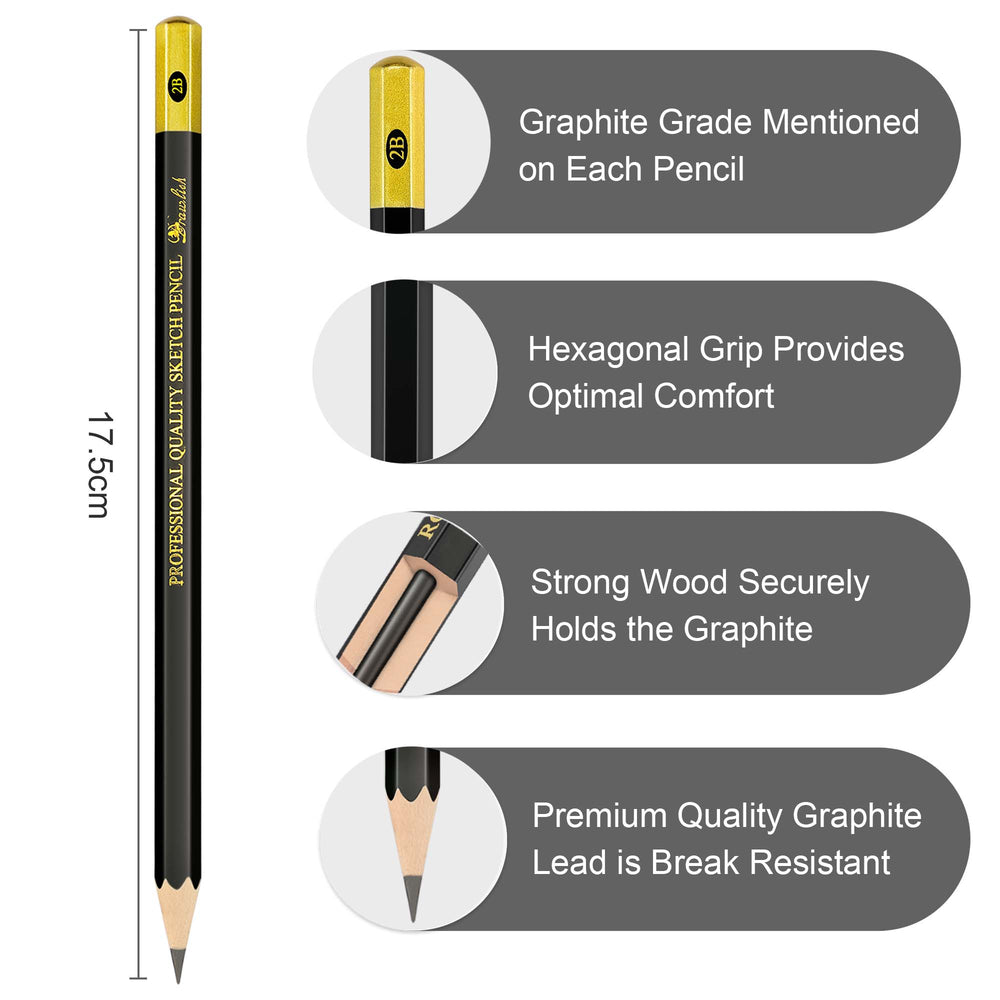How to Mix Acrylic Paints: Artist’s Guide to Create Colours
Acrylic paints are a favorite among artists, known for their versatility, vibrancy, and ease of use. Whether you're a seasoned artist or a beginner, learning how to mix acrylic paints can transform your creative process. It’s more than just combining colors—it’s about understanding the interplay of hues, shades, and tints to craft the perfect palette for your masterpiece.
In this guide, we’ll explore essential tips for mixing acrylic paints and show you how Drawlish Acrylic Paints can elevate your artistic journey.
Why Mix Acrylic Paints?
Mixing acrylic paints allows you to:
- Expand Your Palette: Create custom colors that aren’t available straight from the tube.
- Achieve Precision: Match colors to your vision for specific moods, themes, or designs.
- Save Money: Maximize your paints by blending instead of buying every color.
Essential Tips for Mixing Acrylic Paints
1. Start with Primary Colors
The three primary colors—red, blue, and yellow—are the foundation of all hues. With these, you can mix secondary colors (green, orange, purple) and even tertiary colors.
For example:
- Red + Blue = Purple
- Yellow + Blue = Green
- Yellow + Red = Orange
Recommended: Drawlish Acrylic Paints in Primary Red, Primary Yellow, and Primary Blue for clean and vibrant results.
2. Understand the Color Wheel
The color wheel is your guide to mixing complementary (opposite) and analogous (neighboring) colors. Complementary pairs, like blue and orange, can create striking contrasts, while analogous colors, like green and yellow, result in harmonious blends.
3. Master Tints, Shades, and Tones
- Tints: Add white to lighten a color. Perfect for pastel effects.
- Shades: Add black for a deeper, more dramatic hue.
- Tones: Mix gray or a complementary color to mute a hue for a more subdued look.
Use Drawlish Titanium White and Carbon Black Acrylic Paints to achieve precise tints and shades.
4. Mix Small Quantities First
It’s easy to overmix and waste paint. Start with small amounts, especially when creating a unique shade. Once satisfied, scale up for your project.
5. Test Your Mix on Paper
Before committing to a canvas, test your mixed colors on a scrap sheet. Acrylics can appear slightly different when wet versus dry.
6. Blend for Special Effects
Layer or wet-blend colors directly on your canvas for gradients and unique textures. Drawlish Acrylic Paints have a smooth consistency perfect for blending techniques.
Why Choose Drawlish Acrylic Paints?
At Drawlish, we pride ourselves on offering premium-quality acrylic paints that cater to artists of all levels. Here’s why you’ll love them:
- Vibrant Colors: Our paints are richly pigmented, ensuring bold and consistent hues.
- Smooth Application: They glide effortlessly on any surface, from canvas to wood.
- Quick Drying: Ideal for layering and detailed work.
- Eco-Friendly Packaging: We care for your art and the planet.
Browse our range of Drawlish Acrylic Paint Sets at Drawlish.com.
Creative Color Combinations to Try
Here are some fun combinations to kickstart your creativity:
- Navy Blue: Mix blue with a hint of black and sky blue for depth.
- Sunset Orange: Blend yellow with a touch of red and a smidge of white.
- Mint Green: Combine green with a little white and blue.
- Lavender Purple: Mix purple with a hint of white for a soft pastel hue.
Experimenting with these blends is effortless with Drawlish Acrylic Paints.
Ready to create magic with your brushes? Visit Drawlish.com to shop the best acrylic paints for your next masterpiece.







Leave a comment